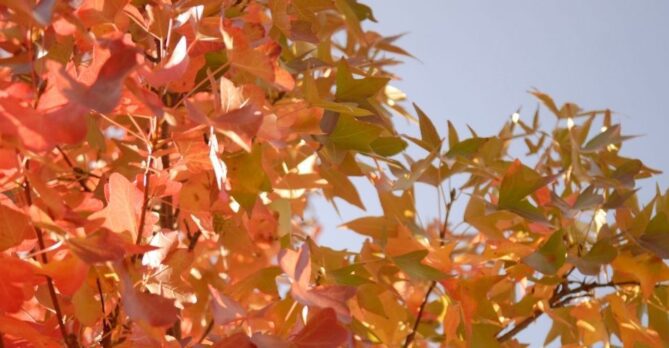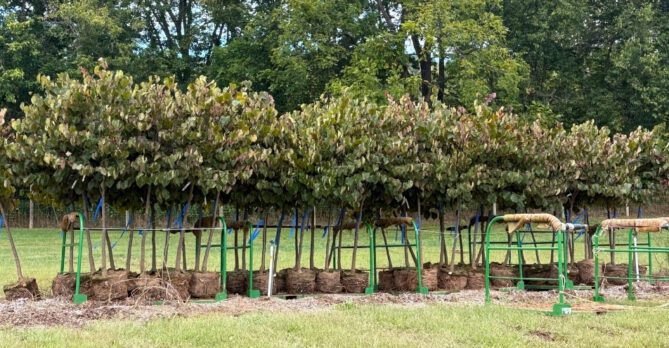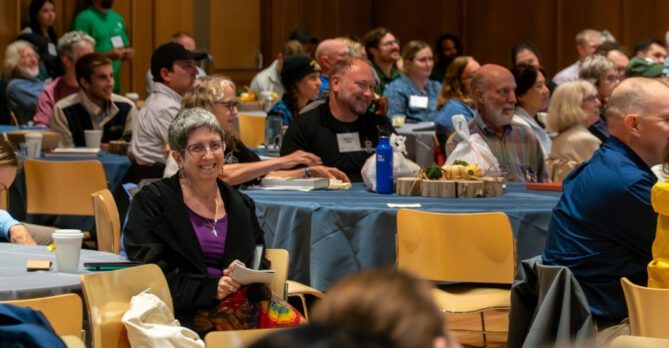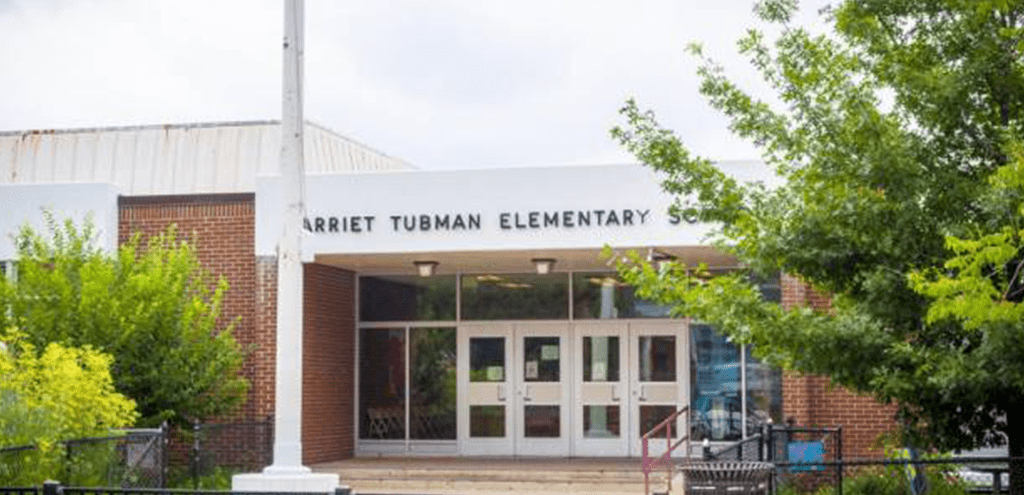
Black History Month, celebrated every February in the States, is a time to remember and honor the many groups and individuals who contributed to the success and achievements of this country as well as to advancement for African Americans as a people. Black History Month was born in DC by our very own Dr. Carter G. Woodson, who started Negro History Week in 1926. His house in Shaw, located at 1538 9th St NW in Shaw, is now a National Historic Site.
In the past, we’ve looked at the places in DC and people in forestry celebrating African American contributions to our country and field, but this year, we thought we’d do something different since this has been a wholly unusual year. Looking at the places our crew has planted sans volunteers in 2020, we’re going to spend the month delving into the prominent African Americans behind some of our planting locations, enriching our understanding of their place.
Up first we looked at Turner Elementary School. Up next? Tubman Elementary School.
So what’s in a name? Tubman Elementary School, also known as Harriet Tubman Elementary School is named after the famed abolitionist. Perhaps one of the best known personalities of the Civil War, Harriet Tubman was born into slavery as Araminta Ross, on the Eastern Shore of Maryland, sometime in 1820 or 1821. She endured a childhood of abuse at the hands of her master and overseers until she escaped to Philadelphia in 1849. Shortly afterward, she returned to Maryland to rescue her relatives and other enslaved people, undertaking 13 separate missions to do so. A lifelong humanitarian and political activist, Tubman, with the help of a network of fellow abolitionists, liberated approximately seventy people from bondage as a conductor on the Underground Railroad. Commenting on the success of her missions, Tubman said that she “never lost a passenger.”
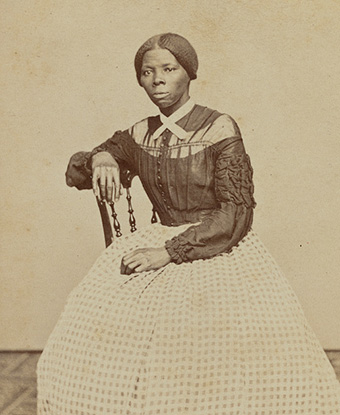
Photo courtesy Library of Congress.
She was also a soldier, nurse, and spy. During the Civil War, Tubman first served the Union Army as a nurse in South Carolina and later went behind enemy lines as a scout and spy. In 1863 she co-led a raid at the Combahee Ferry, an action that resulted in the freeing of over 700 enslaved men and women. Although her service in the Union Army was much publicized, she had great difficulty in getting a pension from the government, but was eventually awarded a nurse’s pension in the 1880s. She did not stay idle in her later years, moving to Auburn New York and taking on the cause of women’s suffrage with the same determination she had shown for abolition. She passed away at 91 in 1913.
With such an impressive and storied legacy in US history, it’s no wonder she has a school named her for! As it turns out, Tubman Elementary is one of the many schools from our third cohort of ELAG schools. The DC Environmental Literacy Advancement Grant (ELAG) is an opportunity for Casey Trees in collaboration with Clean Air Partners and the DC Environmental Education Consortium to provide high quality science investigations that engage 5th graders. Students recognize environmental problems in urban environments and hypothesize on ways trees may mitigate some of these problems. These science investigates are a combination of in class and outdoor learning, where our tree planting program comes in handy.
Tubman was one of the last schools we worked with in person. After going through “Cleaner Air, Tree by Tree” investigations with students, we unfortunately had to postpone the planting portion of our work with Tubman. Due to the coronavirus pandemic we were not able to plant with the students in person, but our tree planting crew was still able to head over to their Columbia Heights campus and add ten trees. We planted urban workhorse trees, including Kentucky Coffeetree, American Sweetgum, Eastern Red Cedar and American Elms, among others. These trees will provide runoff management, shade, beauty, and endless learning opportunities for students. A silver lining for everyone, despite the challenges of the past year.
To grow a greater, greener city, we must work together, not just today or tomorrow, but day after day and year after year. When we teach younger generations about the value of trees and green space now, we will ensure that our city’s lush tree-filled legacy continues. When we know more about the people and names behind the schools, parks, and centers we retree, our perception and understanding of that place and its legacy is enriched. We need your support to continue inspiring future tree stewards – become Casey Trees Member today. Your gift ensures programs like this continue.
